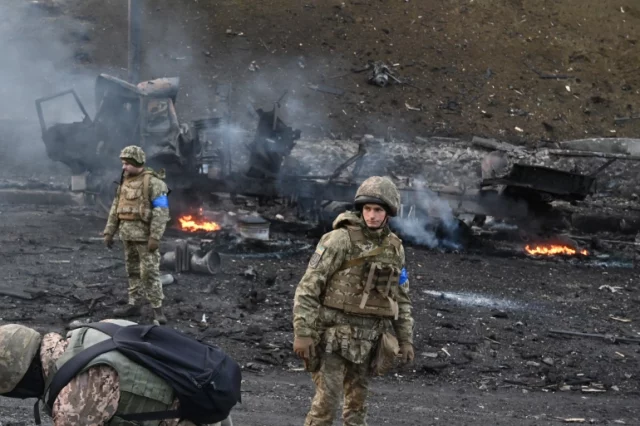Anand Raghuraman
What makes digital India tick? Rising connectivity and smartphone adoption are key structural drivers. Digital payments and e-governance offer vital catalytic sparks. But, the heart of Digital India—what gives it life, reach, and vigor—is its e-commerce ecosystem: the constellation of apps, marketplaces, mobile payments, and logistics services that help Indians bridge their online and offline worlds.
Over the past eight years, India’s e-commerce ecosystem has experienced significant transformation and growth, rising from an estimated $21 billion in 2014 to $55 billion in 2021. COVID-19 has only accelerated the use of e-commerce services, with online retail and grocery delivery emerging as critical lifelines for Indians facing pandemic lockdowns and supply-chain disruptions. Today, e-commerce services have expanded to nearly every Indian city and pin code, and 60 percent of all e-commerce transactions and online orders now come from shoppers residing in Tier II Indian cities. This flurry of activity has also catalyzed new job creation across India’s digital economy and retail sector, where hybrid models of “online-offline” commerce are estimated to create twelve million jobs over the next eight years. Still, e-commerce accounts for only 4 percent of India’s overall retail market at present, with physical retail holding strong.

